Light, editing, styling… there’s so many things we photographers love to talk about & it’s no surprise that gear is high on that list, especially about the best lens for food photography. Over the past few years, I’ve slowly built up my lens collection & feel like I’ve learned a lot. I’ve been put in new situations where I’ve realized a certain lens would have come in handy.
Deciding on the best lens for food photography
I’ve also seen my excitement rise over a new lens & then after a few months realize it collected more dust on my shelf than images on my camera body. For me, I always take my style of photography into account. Sure, some lenses are just built to be workhorses & can tackle a myriad of subjects but today we’re talking specifically about the best lens for food photography.
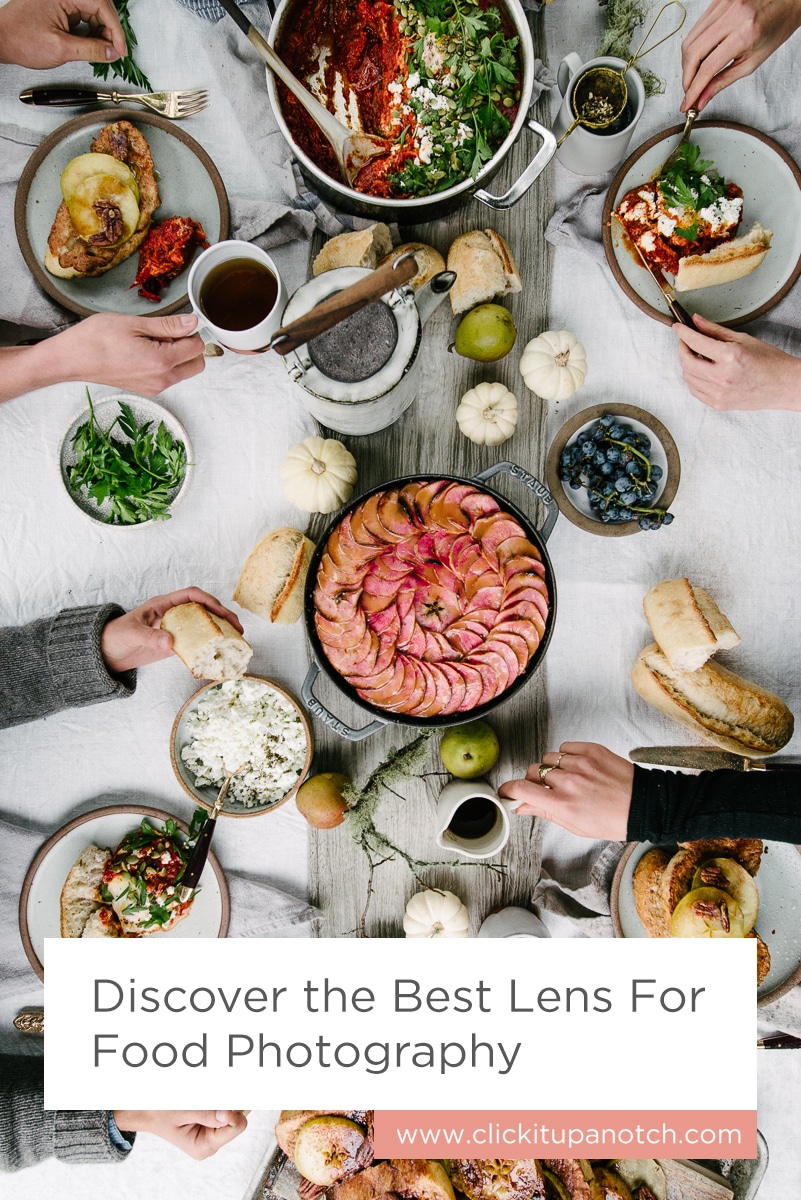
Read more: 7 Must Read Food Photography Tutorials
I should also preface this post with the fact that I am a prime lens girl. If you were hoping to hear about that super expensive zoom lens everyone is talking about, sorry, can’t help ya there.
I’m sure there are lots of reviews on zoom vs prime lenses for food photography but in my experience, I’m just so comfortable with letting my feet do the walking I’ve never needed to test out any zoom lenses! Below is a list of the best prime lenses for food photography.
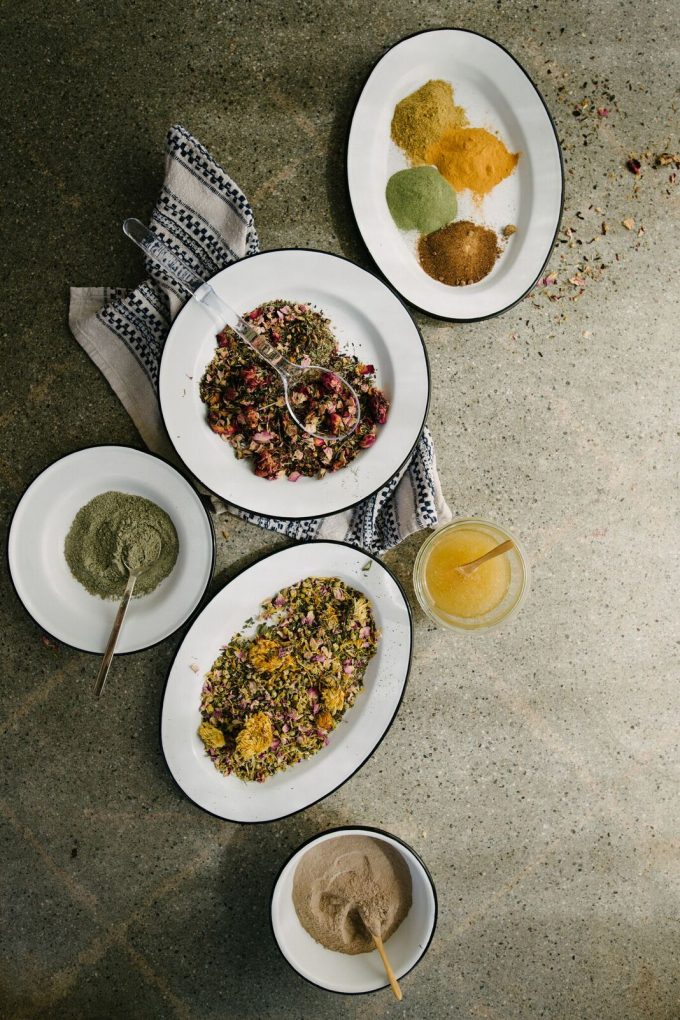
Full Frame or Crop Sensor Camera Lens Recommendations
Something else important to note when we talk about lenses & focal length, is determining if you have a crop or full frame sensor camera.
With a full frame sensor camera, the lens will perform very much how it is expected to in regards to the focal length of your lens. So, 35mm will look like a 35mm. A crop sensor camera has a sensor with smaller dimension (hence the term ‘crop’) so your lens will appear to be zoomed in slightly more.
This isn’t necessarily good or bad. I shot with a crop sensor camera for several years before moving on to a full frame. So for reference, a 35mm lens on a crop sensor camera will look more like a 50mm on a full sensor camera. Or, when using a crop sensor, your lens focal length will always appear to be a bit less. But you’ll probably never even notice it.
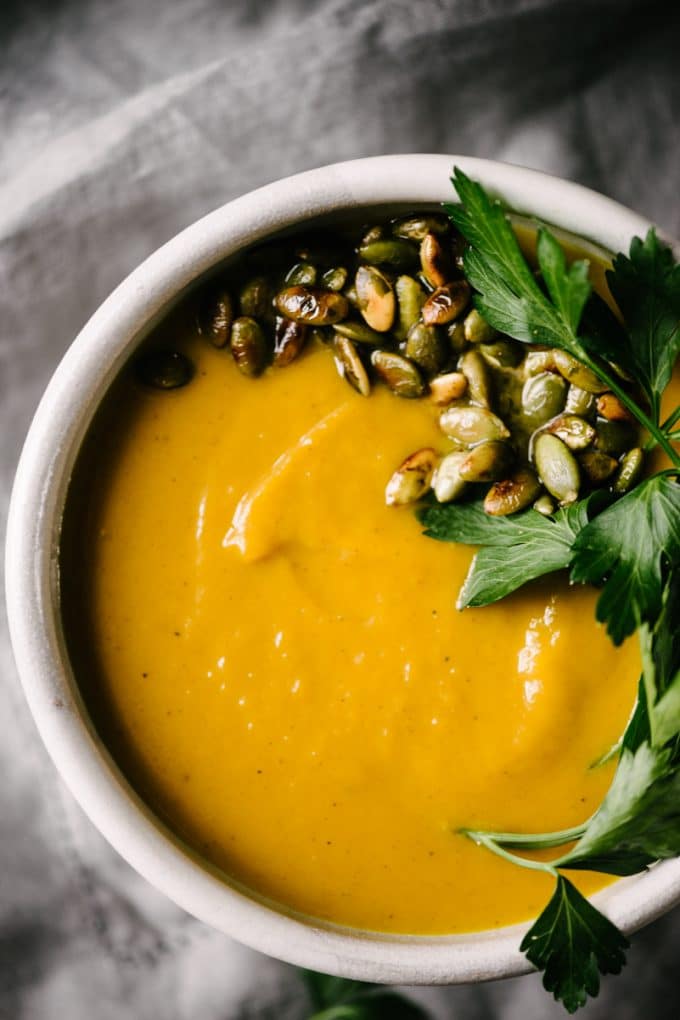
Read more: Cameras for Food Photography
Aperture & Food Photography
Another subject that comes up often is how wide should your aperture be? Is 1.8 enough? How about 1.4 or even 1.2? Sometimes there can be a difference of several hundred dollars between those aperture choices!
My best advice is research, research, research. When choosing between aperture options I do as much research as I can online looking to see what other professionals have said.
I read forums & look at images taken with both the lens I want & the camera body I have. Is the 1.4 worth the extra few hundred dollars? Would I be just as happy with the 1.8 & some extra cash in my pocket? Can I invest in the 1.8 & use it now while I save up for the 1.4? I’ve never been disappointed in my lens choices.
*This post contains affiliate links. Thank you in advance for supporting Click it up a Notch.
Best Lens for Food Photography
35mm or 50mm lens
A standard or ‘normal’ lens size is an excellent first lens for any food photographer. It feels natural when viewing because it most closely captures what the human eye would see.
You’ll likely do most of your shooting with this lens so consider what focal length you choose as your workhorse. Aside from food photography, it will have a ton of other uses so you could probably claim this as your only lens for years & be completely happy.
A standard lens will usually be fast & have a wide aperture, both of which are great for shooting indoors with natural light & as I mentioned before, will most likely mimic what your eye would see naturally.
Read more: What lens should I buy first? and 35mm vs 50mm
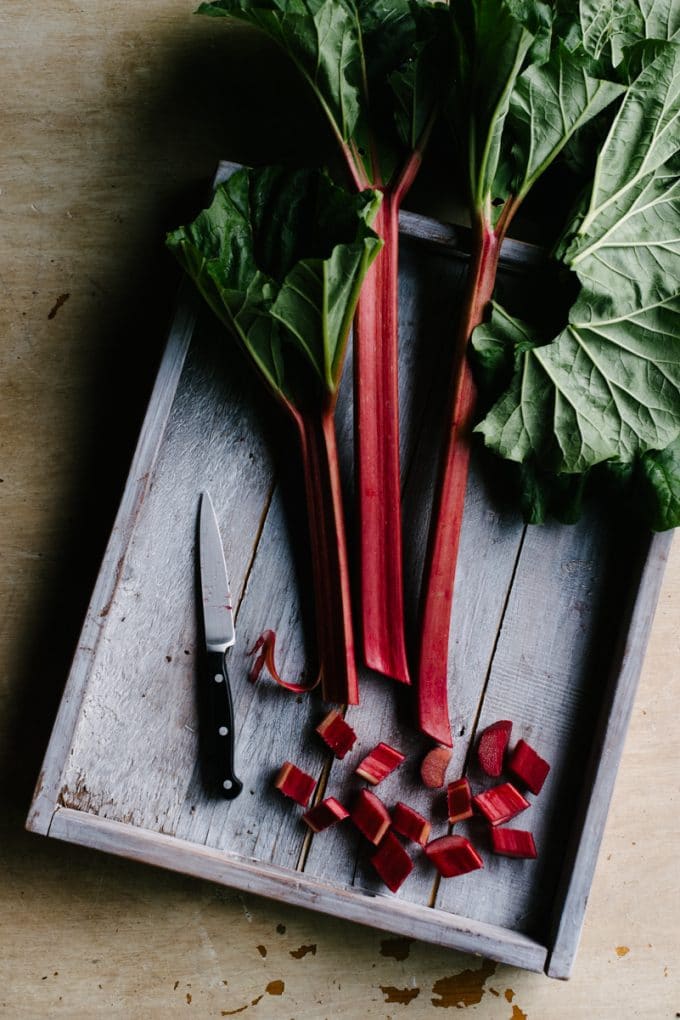
I currently shoot with a Nikon 50mm f1.8 & they don’t call it a Nifty 50 for nothing! My 50mm takes great wide overhead shots, pull backs, head on shots & just about anything else I throw at it.
It’s a good solid, all around lens that I always feel comfortable using. I can count on this lens to photograph almost anything I can think of. But variety is the spice of life so… nothing wrong with some diversification!
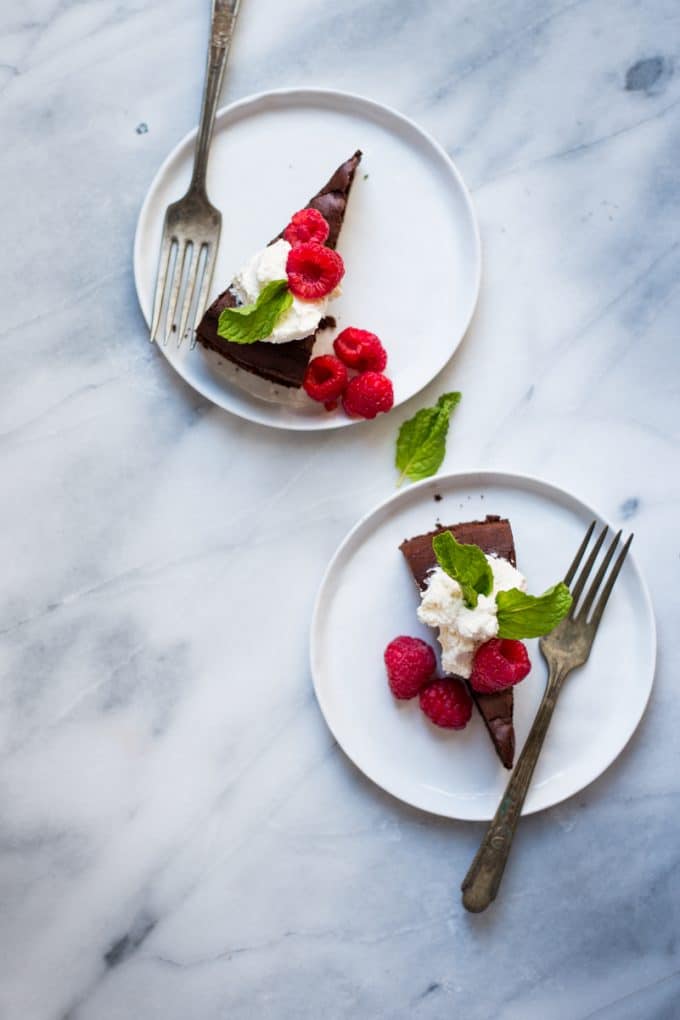
85mm lens
A short telephoto lens is great for getting close when you don’t want to get too close. I originally got my 85mm because I wanted to try my hand at more portrait photography – ya know, like things with faces.
But I have been so darn smitten with how my 85mm shoots food photos that I kinda can’t live without it now. If you pine for creamy bokeh (& I’m certain you do!) & a dreamy feeling to your images, consider an 85mm. I love using this when I want to get a touch closer than my 50mm.
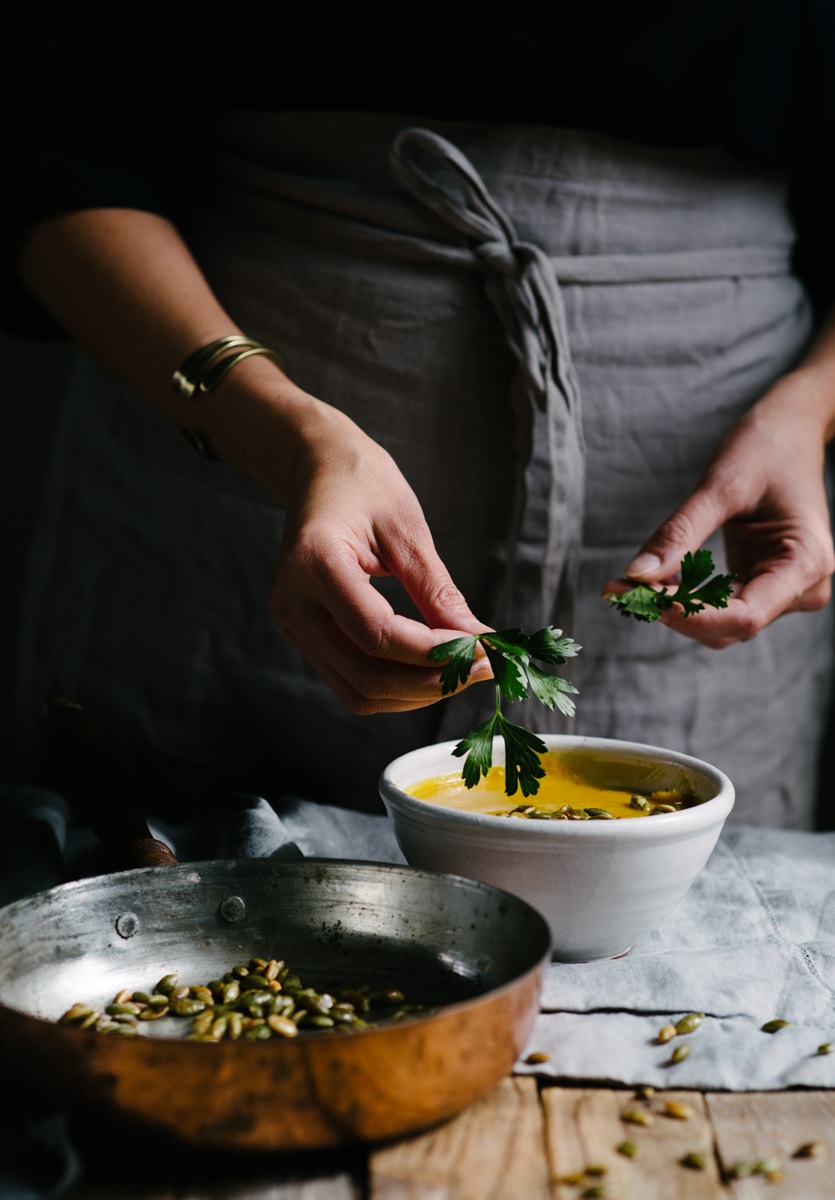
A short telephoto lens is ideal for shooting portraits so why not take this opportunity to capture more people in your food shots! Hands, chins, arms & wrists. I love adding human elements into my food images because of the storytelling aspect it provides.
The compression of a telephoto lens will make objects appear closer so I also love using my 85mm when I want to get a bit personal with my food subject. If there’s a story in the texture I need to tell, this is a great lens to use.
It’s also been a life saver when I’m on a location shoot with several other photographers! While everyone is crouched down & crowding around our subject, my 85mm allows me to step back & probably still get the shot I wanted.
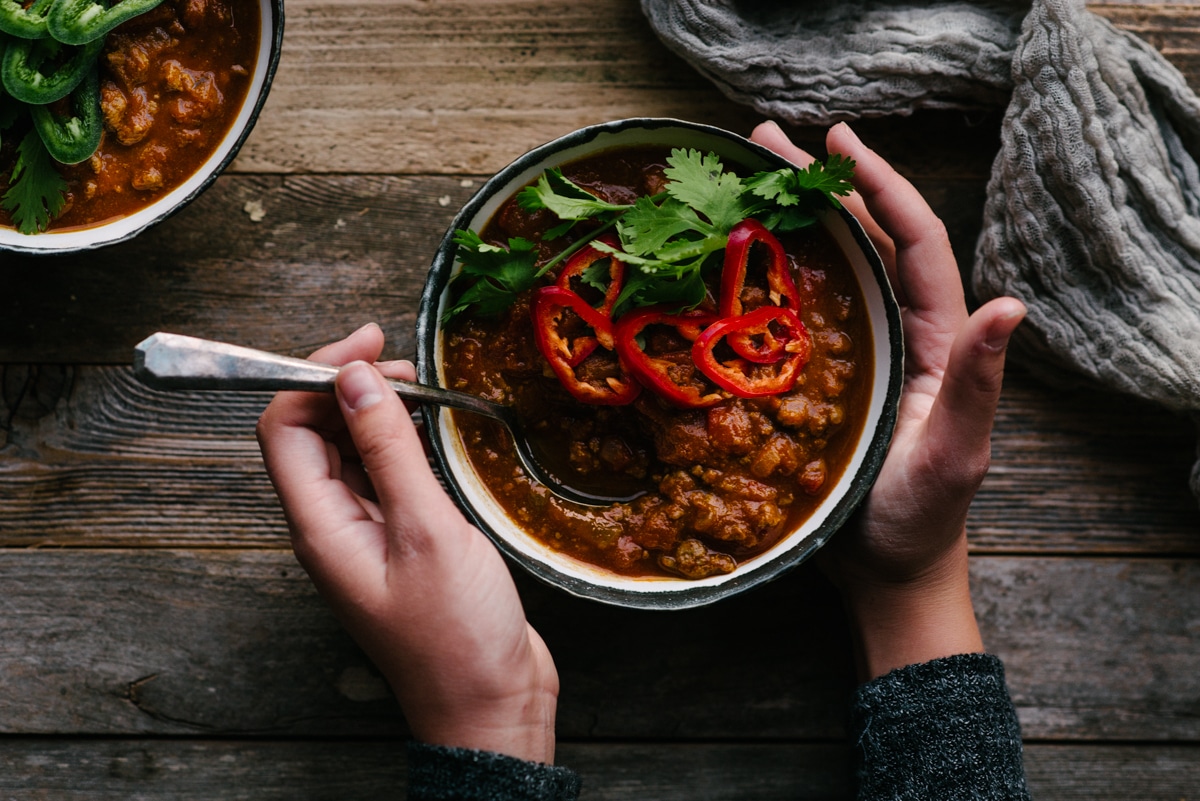
Macro lens
A macro lens is a great option for any food photographer’s arsenal. Macro photography will allow you to capture extremely fine details in focus. Want to see a tiny grain of salt? How about a close up of a sprinkle on a cupcake?
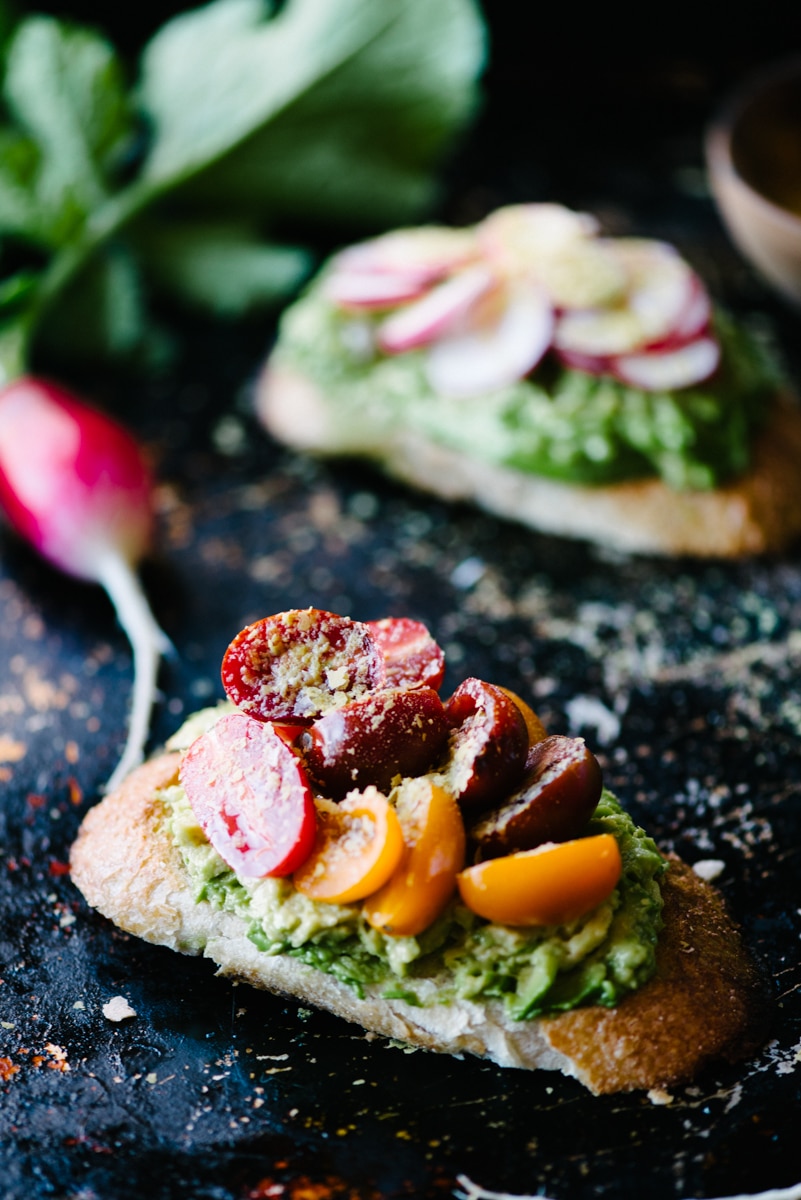
This is the lens you’re looking for if you want to photograph very small subjects at a close distance. The macro lens will allow you to focus much closer & essentially fill your frame with your subject. I use this lens when I want to see as much detail as possible.
I currently use a Nikon 105mm f/2.8.
Wide angle lens
The wide angle lens is the most recent lens I’ve added to my collection & it was a bit of an unexpected addition! Honestly, I’d never really seen a need for anything wider than my 50mm. I was shooting mostly in my home, sometimes the room would change, but typically I was always shooting in small locations that benefitted from my normal lens focal length.
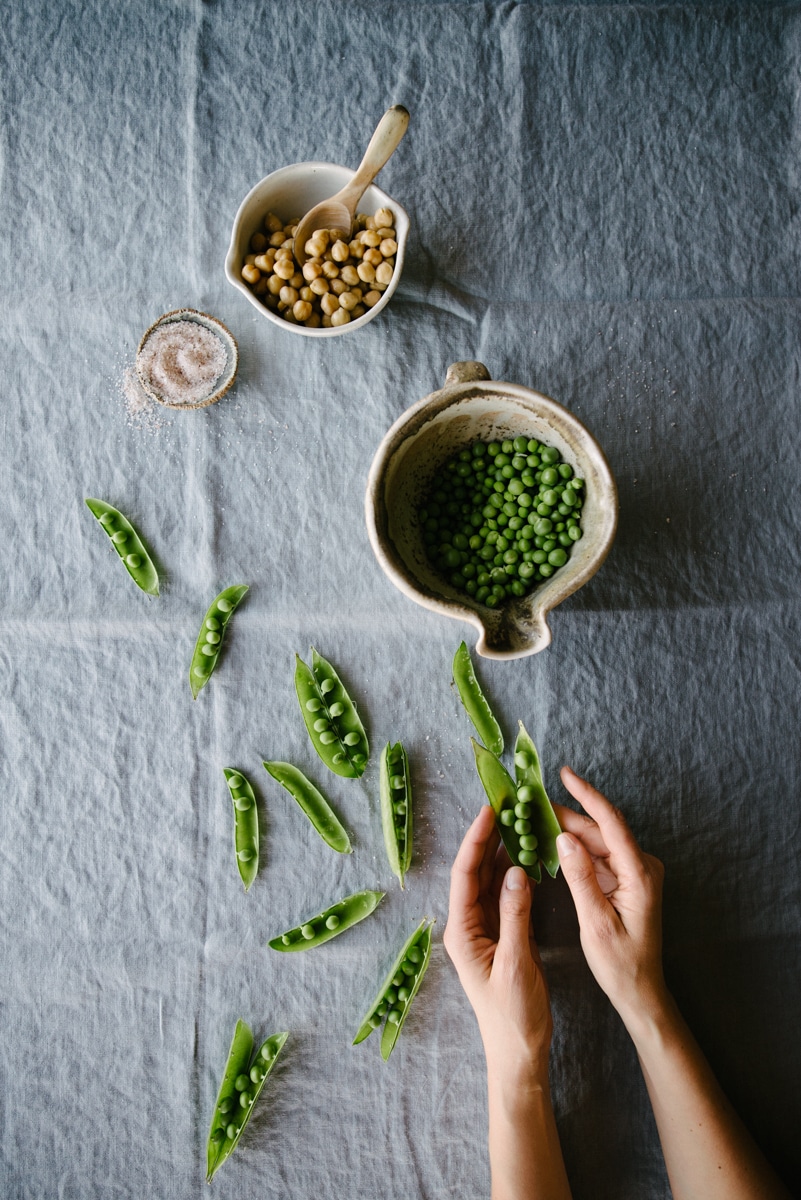
And then I started venturing out. It was probably after my recent trip to Croatia when I realized I was really disappointed I wasn’t able to get these wide sweeping tablescapes & it was all bc I needed a wider lens. Plus, I had minimal lens distortion.
I opted for a Sigma 24mm & it’s been a dream. Ideal for long, inclusive overhead table shots & more!
Want to see a quick comparison of the above lenses? Here you go!
24mm
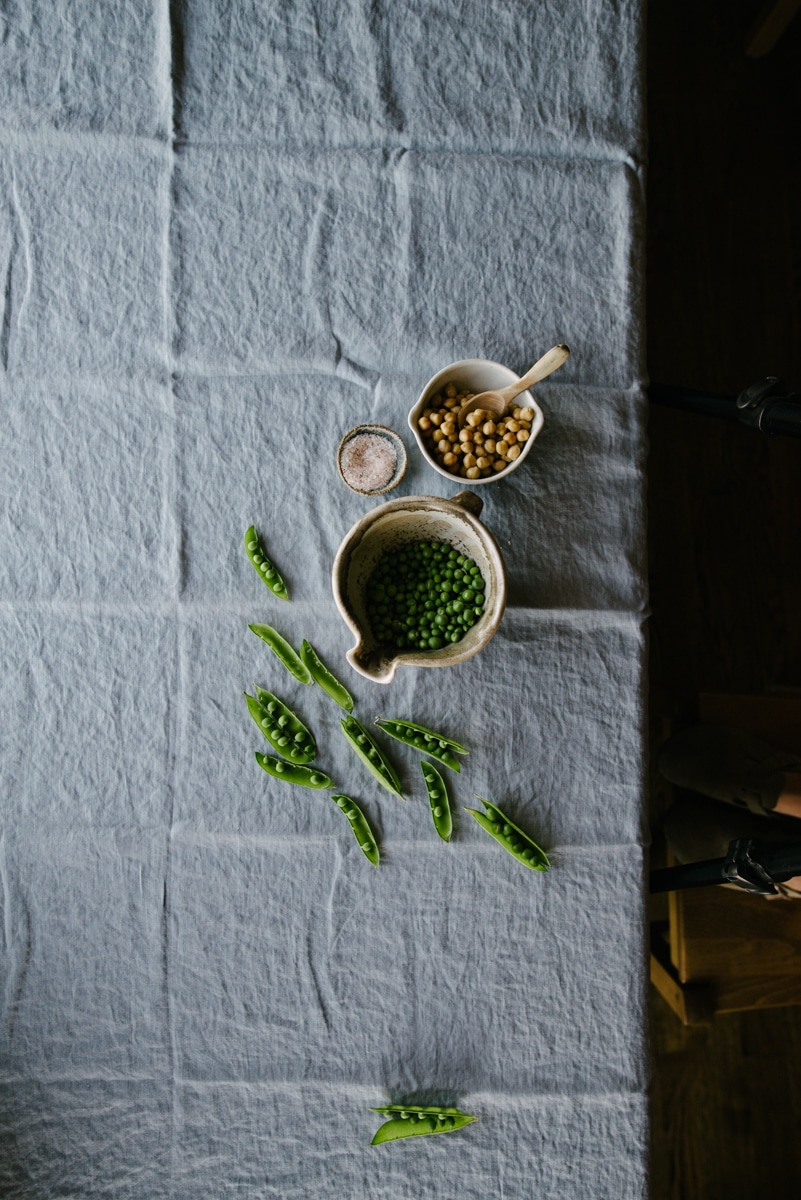
50mm

85mm

Macro
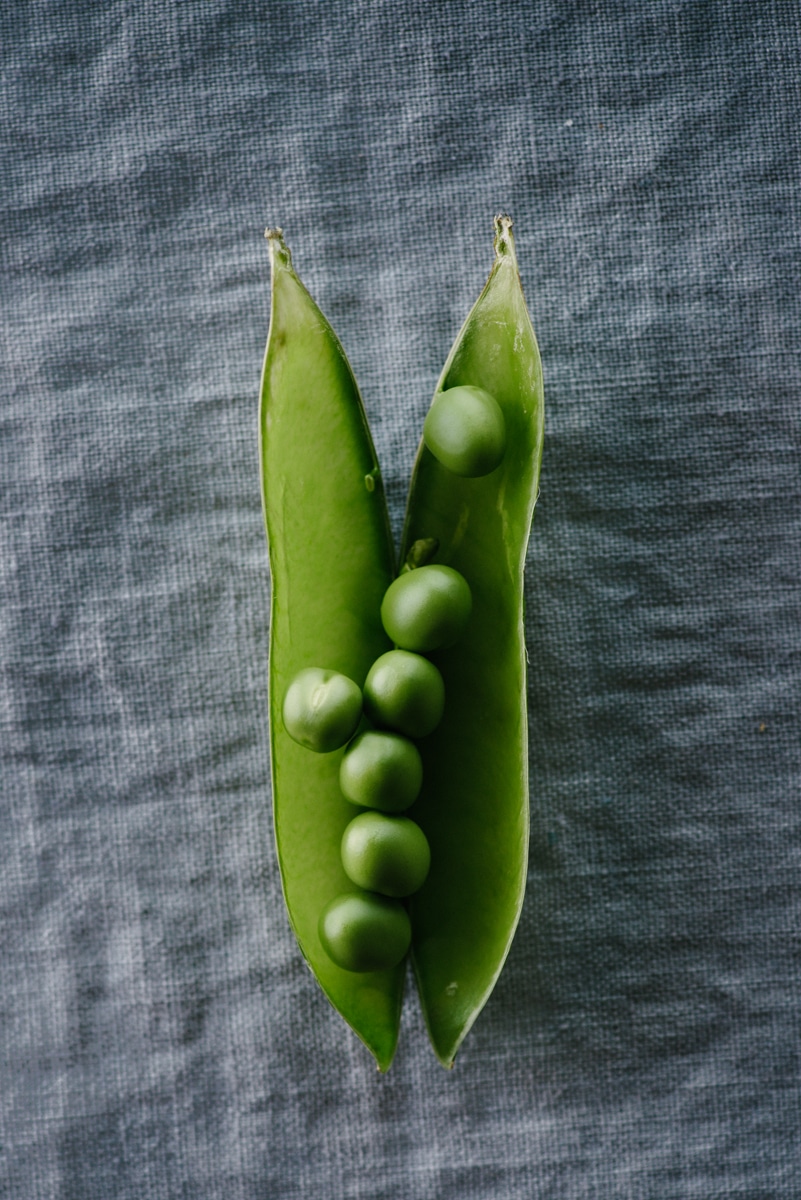
Get more awesome food photography tips:
– How to Excel in Food Photography on a Shoestring Budget
– 4 Ways Food Photography Made a Better Photographer
– 4 Dramatic Lighting Tips for Food Photography
– 3 Easy Ways to Improve your Food Photography








My main question with the longer lenses is don’t you have to get quite far back to get everything in the frame? And your demo of how each of the lenses look on that last photo seems to answer that! Did you take them from the same distance away?
Hi, Dara!
It depends on the lens you’re working with. I think ‘quite far back’ is relative to the space you have available. As you mentioned with the examples, an 85mm is going to be much tighter than a 50mm or 35mm. Some photographers prefer to work with these tighter lenses bc they are shooting in very small spaces in their homes. If I am out with a group of photographers & we are all taking an overhead shot from the same height & I have a 50mm but another girl has a 24mm, she’s going to get a much wider shot than me. The lens comparison images at the end of the post taken with the 24mm, 50mm & 85mm were all taken at the same distance with a tripod. The final image taken with the 105mm macro was not, it’s just a macro image example. Does that help?
Great post, I appreciate how detailed it was.
I’ve been thinking about investing in a macro lens, and this just may be the plunge I needed.
-Milli Stephania
https://millistephania.com
Thanks, Milli! A macro is definitely a fun lens :)
Enjoyed your post. Thanks
Thank you, Surendar!
Great post and gorgeous photos! I’m a portrait/family photographer but have always had a huge interest in food photography. I just wish I was a better cook so I could create some dishes worth photographing…ha! For overhead shots, do you tend to stand on a chair or stepstool? I’m short and I don’t think I’d be able to get everything in with my 50mm! Also, is there an aperture you tend to stay above? As a portrait photographer, I’m used to pushing it to f/2 or even below….but with food I feel like there’s usually too much out of focus. I realize it depends on your focal length too… Any recommendations?
Hi, Denise!
Something great I always suggest to people when they first get started is buying prepared foods to shoot. I don’t like to bake cookies but I would definitely buy some for a photography project ;)
For overhead shots it really depends on my shooting surface. If I am using a purchased surface like these: https://ericksonwoodworks.com/ then I could place it on the floor & prob not need to use a chair or stool. If I’m using a tablecloth on my dining room table, I do usually either stand on the table itself or use a chair or stepstool. If you follow me on Instagram I share various BTS of me shooting food under my highlights on my feed: http://www.instagram.com/goeatyourbeets.
With my photography, I do tend to shoot pretty wide open. I like a very creamy background. With overhead shots I have to shoot more closed bc of the focal plane & needing to capture everything on the table that may be at varying heights so f3.5 or above would be better.
With my macro I’m not very wide open bc the focal length is so compressed.
Hope that helps!
Thank you so much for your post!! I have a macro and a 85mm lens but all the time i am struggling to catch all the entire scenes, not just close-ups and sometimes can be so frustrating because I miss the moment. I will definetely need to buy a 35mm or a 24mm.
Hi, Lydia!
Yes, an 85mm is really not wide enough for you to capture as much without being pretty far away from your subject. Great for handheld things or when you want to get close but not as great when you want a pull back or wide tablescape shot.
Very informative in a simple way. Thanks! :)
Great article, Trisha. I am fascinated with food photography, and getting better at it. My 50mm collected dust for a couple of years, but didn’t want to get rid of it. I am glad that I didn’t, because I use it primarily for food photography.
Thanks for the detailed post! I just did an entire food shoot yesterday with an 85mm, covering everything from wide shots to close up shots. Today I went through the images and realised that my wide shots didn’t offer the 3d depth of field pop, as the 85 offers a flatter image. Hence I sat down to understand how the angles and compression can change with different primes, your post helped me understand this. Guess I’m gonna continue exploring with my 85 because I like the flatness it offers, gonna need a 35mm eventually though.
Hi Trisha!
Great post!
I have a 50 mm and 105 mm and am finding that I want something else. I don’t do large flat lays but do love an overhead shot. I’m debating between the 24-70mm zoom or 85 mm prime. Any thoughts?
xo
Ash